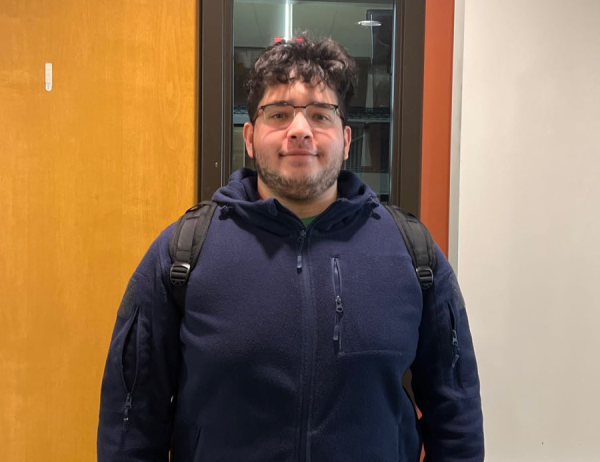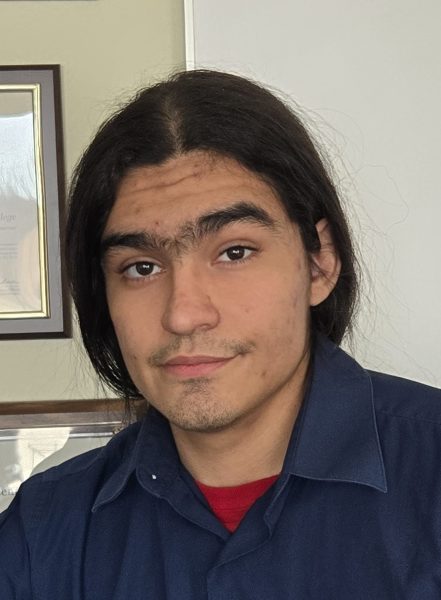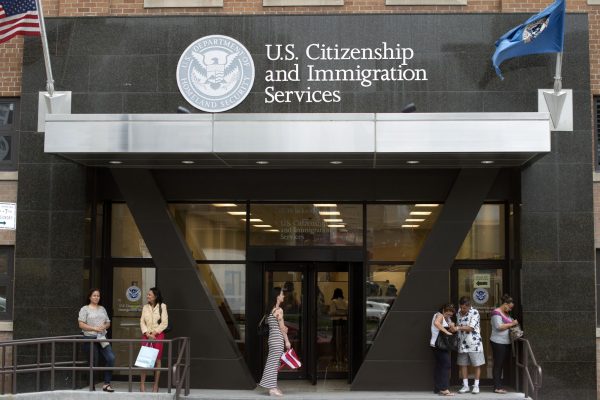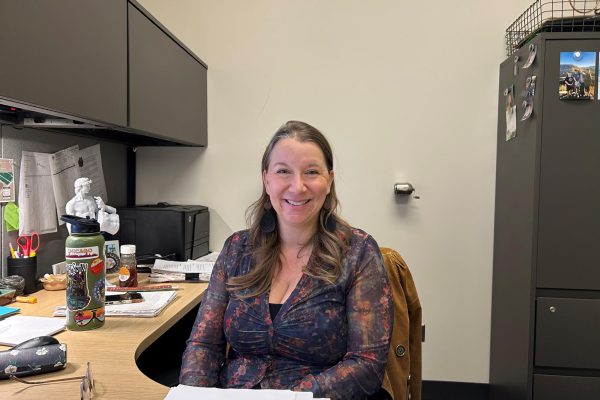ECC’s MAGIC Sparks Conversation About The Browning of America and ECC
Elgin Community College and the club of MAGIC, the Multicultural and Global Initiatives Committee, held an event for The Browning of America on campus on Oct. 24. Over 80 students gathered in Heritage room, B180, at 11 a.m. to listen to a conversion facilitated by Associate Professor of Human Services David Carrillo, with the help of a panel of fellow diverse ECC professors and students.
Carrillo began with a discussion of the college’s population, which totaled to a number of 10,238 as of the Fall term of 2016. 42 percent of students are of Hispanic or Latino ethnicity, 42 percent of students at ECC are Caucasian, seven percent of the student population is Asian, four percent are African-American, one percent are American Indian or Alaskan Natives, three percent of students are unspecified and zero percent are Native Hawaiian/other Pacific Islander.
“I’m willing to bet…that those numbers are going to change. They’re not only going to change in terms of our population here at the college, but they’re going to change in the community, state, and country, where we live,” said Carrillo.
Professor of Business Clark Hallpike contributed his own commentary about the diversity not only among the community of Elgin, IL, but America as a nation.
“Over the years, we have heard that America is a melting pot, seemingly being that we have a variety of cultures and that’s wonderful,” said Hallpike. “. . .’melting pot’ is fine, but we don’t want to put everything in a blender, right? And have one society. I prefer a ‘salad’. I want to make sure that the lettuce is separate, the tomatoes are separate, and of course, not most importantly, the black olives. So, you don’t mesh everything together, but you recognize the importance of identity, in spite of the fact that America has such richness.”
Further discussion of a more definite understanding of what exactly browning of America followed his regards about the college’s student population.
“What is the browning of America?”, Carrillo asked. “[The browning of America is] the unprecedented, enduring changes driven by large immigration numbers…but also because of higher birth rates of people of color.”
Carrillo goes on further to explain the growing diversity within America.
“For the first time ever, whites are now accounting for less than half of the births of America and in America,” said Carrillo. “And the increasing rates of intermarriage between ethnic and racial groups; the Pew Research Center projects that by 2050, majority of all Americans in our country today could be the people of color. That is what we understand to be what we call, the browning of America.”
Diverse faculty and students of ECC joined a panel, answering questions asked from Carrillo himself, as well as allowing audience members, mostly students of diversity from the college, to participate in answering the questions. Panel members included Professor of Psychology Arturo Vasquez, Associate Dean of College Readiness and School Partnerships Mia Hardy and President of the Organization of Latin American Students Valentina Charria.
Racial relations in the country and how different races and ethnicities got along were the first topic of discussion.
“I think we’re doing a lot better than a long time ago,” said Charria. “We’ve definitely made progress but there’s still room for improvement. I think people are a lot more accepting of other races and ethnicities. I think it’s getting better and the numbers are showing that.”
Fellow panel members agreed with Charria.
“I think that, definitely to echo my fellow panel members, we have certainly improved, but I think that improvement is relative,” said Hardy. “I think that we have probably reached a point in our society where we have more, I would say, cohort forms of racism because it’s not acceptable anymore to be overt with it, it’s not acceptable anymore to kind of do these outward…we have micro-aggressions, we don’t have outward displays as much as we’ve had in the past. So yes, we have improved to some extent, but I think we have sent people into hiding about their race and ethnicity.”
The discussion moved forward, where Carrillo asked the panel members about “the impact of having a black president of the United States. Of his position, his status, his presence as president of the United States.”
“I think that the impact has been overwhelmingly positive,” said Hardy. “Especially in terms of young minorities now seeing themselves in a different light, and knowing that they, too, can aspire to anything they put their minds to.
In regards to his fellow panel members’ views on Carrillo’s question, Vasquez said “I have a bit different perspective, and it has to do the hottest topics in at least the past 10 years; immigration and illegal immigrants.”
“Obama was a great role model for the United States but when it came to the amount of separation of families, immigration law reformance, and anything else that has to do with the status of undocumentation…I’m sorry…it’s a D from me,” said Vazquez.
Carrillo then narrowed the discussion to “right here in our house” and asked the panel and audience about the impact of having an African minority black president in our college of ECC.
“It’s a very interesting situation that we have because our president is of African descent,” began Hardy. “…not African American, which carries its own set of stereotypes anyways, and I think that is an awesome thing for this college…in this community, it is certainly becoming more and more brown. So brown is brown, any way you cut it. So for us to have a president who is African, of African descent, and clearly very brown, is huge for this community that is gradually becoming more and more brown.”
The audience members who chose to participate in the discussion echoed the views of Hardy, and acknowledged the fact that the president’s (both of the country and of ECC) skin color has little to do with the job he is doing as president.
“I know that it’s a huge topic that our president is black and that it’s created racial relations in a great sense, but that’s not the reason why he’s president,” said ECC nursing student Shannon Therens, 23. “I don’t think that people see what he’s doing that’s good for our country, that’s bad for our country, [what they’re seeing is] ‘we have a black president’ and that’s all that matters [to them]. . .it was his race, not him himself, and that’s something we need to get past in this country, is past the color of the skin and the racial tension.”
The conversation continued long after, with questions from Carrillo revolving around daily challenges people of diversity face, and where to go from here.
The next MAGIC event of The Browning of America and ECC will be held on Nov. 7, with further details still pending.








